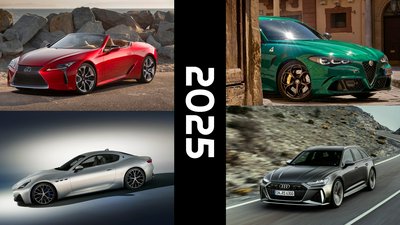techX
Ranking 18 Six-Cylinder Petrol Engines in Production in 2024
Today, I rank 18 six-cylinder petrol engines in production from 15 manufacturers in production in 2024.

Today, I rank 18 six-cylinder petrol engines in production from 15 manufacturers. They fall into four tiers, though the specific order that I present them reflect how I consider them relative to each other within each tier, too.
Tier 1

Porsche MA2.75
The top six-cylinder engine in my book is the Porsche MA2.75 4.0L naturally aspirated boxer-six. This engine is exclusive to 992 GT3 and its special variants. It is also the only naturally aspirated unit on this list as well as the one with the largest displacement.
This severely over-square engine can rev to 9k. It features individual throttle bodies. As a high-performance engine, it uses rigid rocker arms. It has large bearing diameters and plasma-coated cylinder walls. As usual, the MA2.75 uses dry-sump lubrication.
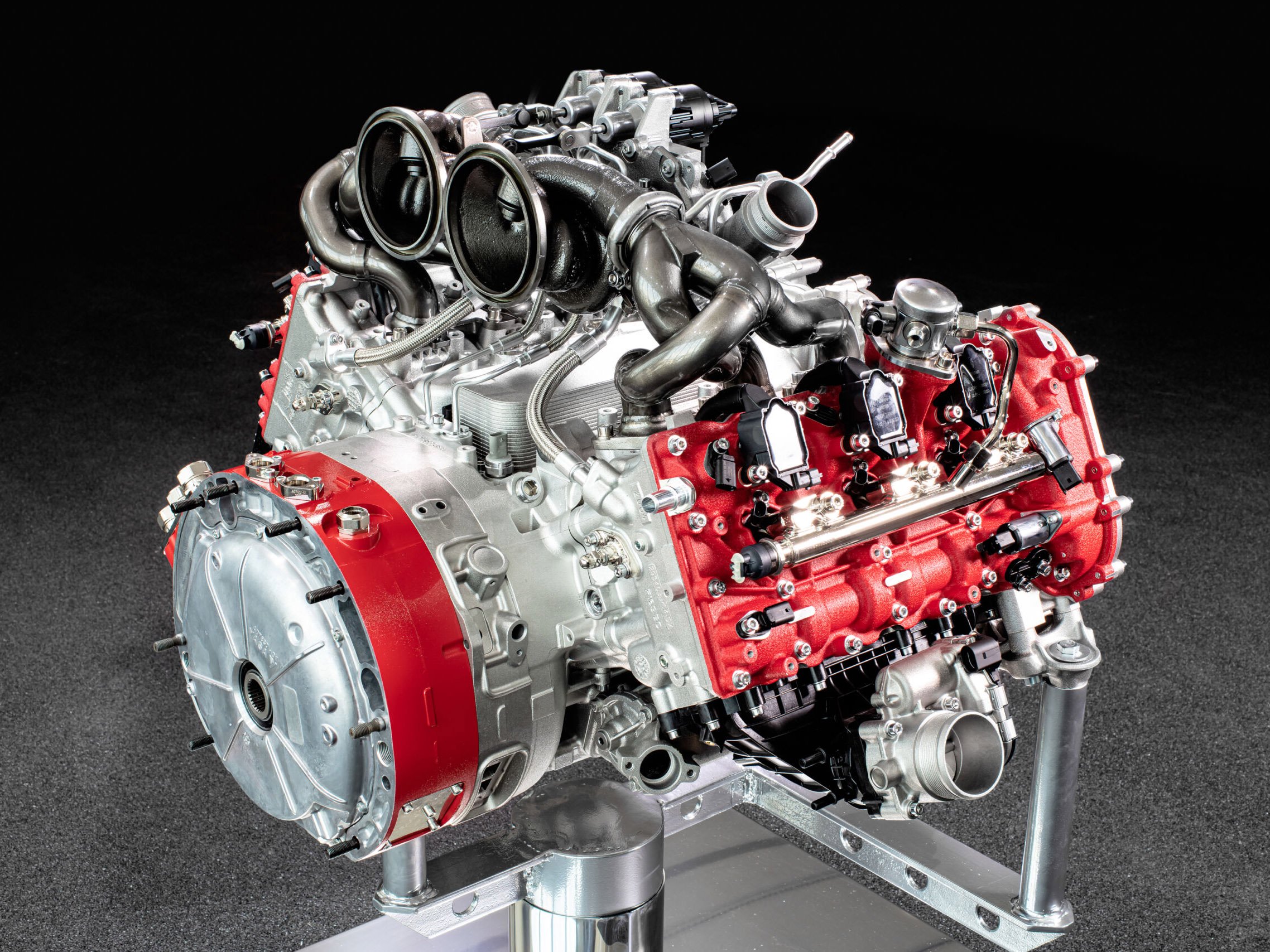
Ferrari F163
The Ferrari F163 is also a unique engine, being the only 120-degree V6 on this list. It has a crazy specific output in excess of 210 hp per liter.
The 120-degree bank angle is chosen for the best air flow while fitting the turbos as close to the head as possible in a hot-vee setup. It also lowers the center of gravity. Ferrari uses ultra-high-pressure 5000 psi direct injection.

Maserati Nettuno
Maserati’s Nettuno V6 is arguably even more advanced than the Ferrari F163, also achieving over 200 hp per liter. It uses several F1 technologies that can’t be found elsewhere in a road car.
The most interesting is the pre-chamber design. The pre-chamber is a tiny combustion chamber on top of the combustion chamber with a central spark plug in it. It dramatically increases efficiency and reduces knock.
This engine also features twin-spark ignition to address low-load operations with the pre-chamber as well as twin injection system with both direct and port injections.
If it weren’t for Maserati’s disreputation in reliability, this engine would be the number 1 on this list.
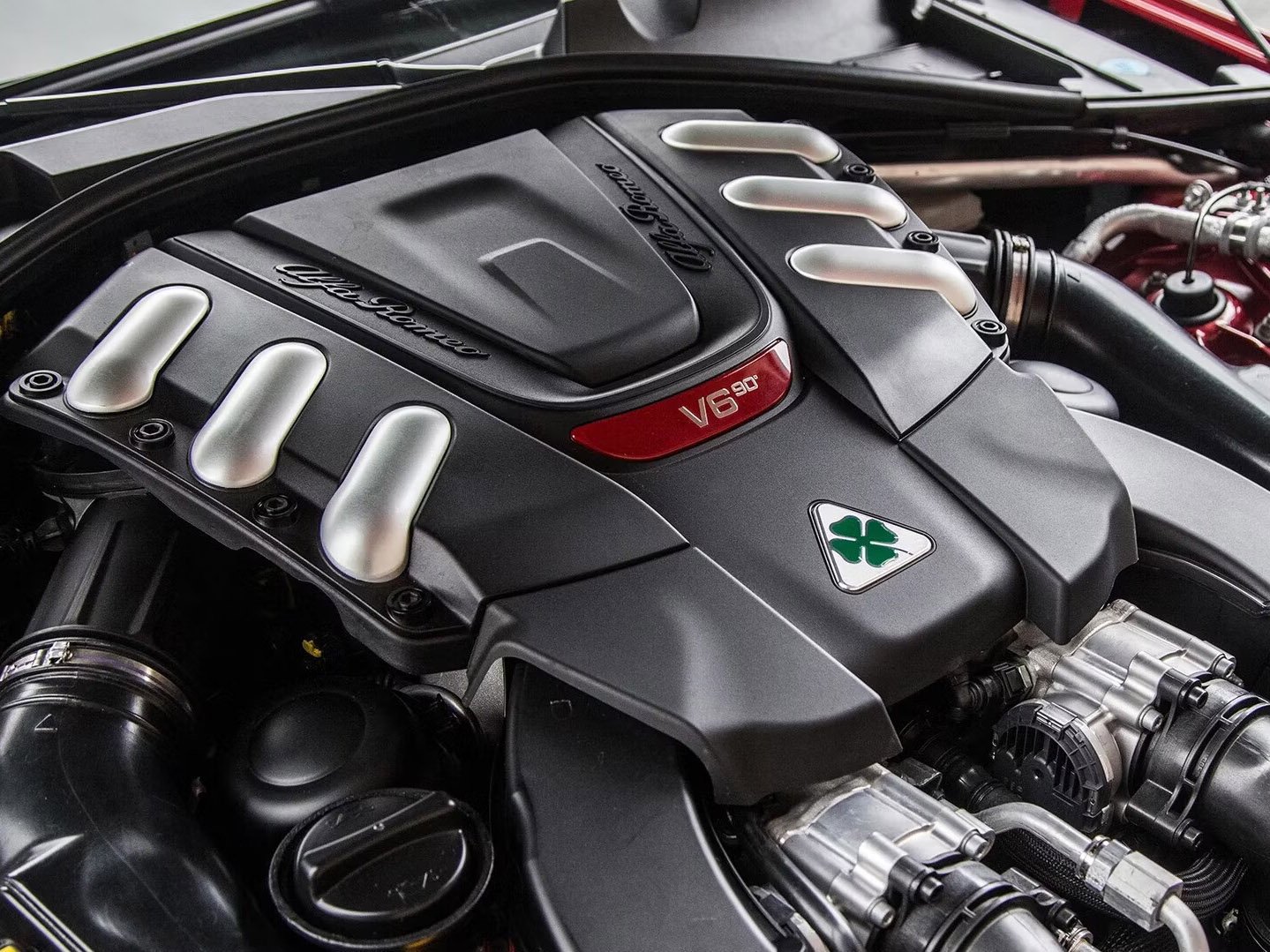
Alfa Romeo 690T
Alfa Romeo’s 690T is considered inspired by the Ferrari F154 V8, with many similarities in design. It also shares many design characteristics with the Maserati Nettuno. Like the Nettuno, it has a 90-degree bank angle and uneven firing order.
While direct-injected at launch, during its production Alfa Romeo added port injection.
Unlike the Nettuno, the 690T uses wet sump lubrication. It is a superb engine that is not perfect in terms of reliability.
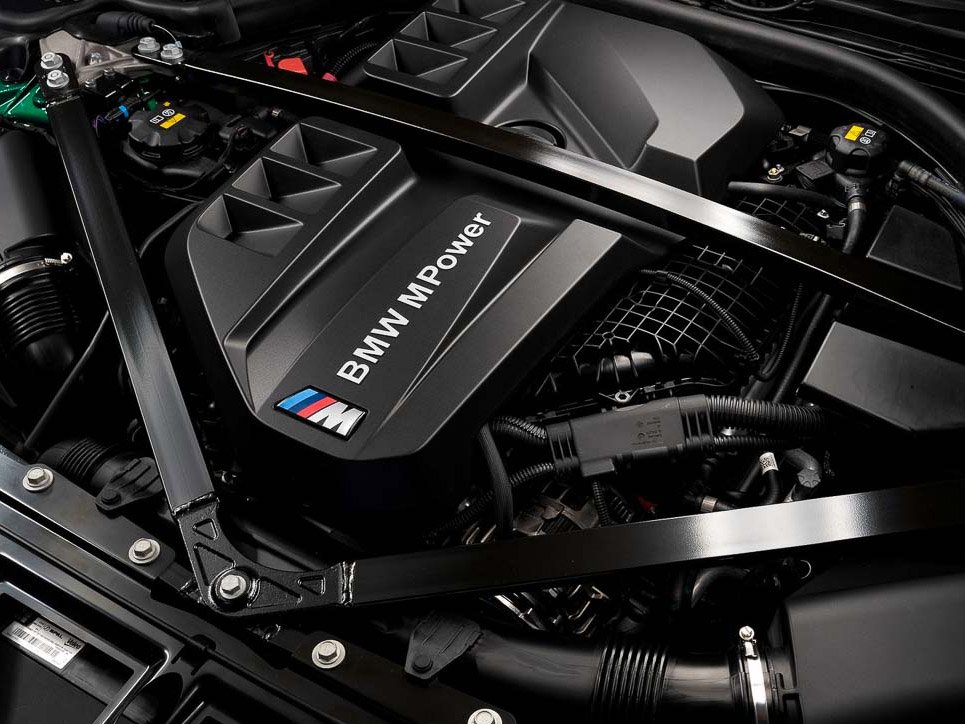
BMW S58
The BMW S58 is a high-performance “M” engine that replaced the S55. It uses a twin-turbo setup with forged internals. Like most European engines today, it comes with plasma-coated cylinder walls.
Unique to BMW is the Valvetronic variable valve lift technology. To be honest, however, I fail to understand how a turbocharged engine could benefit from this complex system over individual throttle bodies.
The S58 is found in a broad range of M and Alpina vehicles. It’s probably the most reliable BMW engine in over a decade.
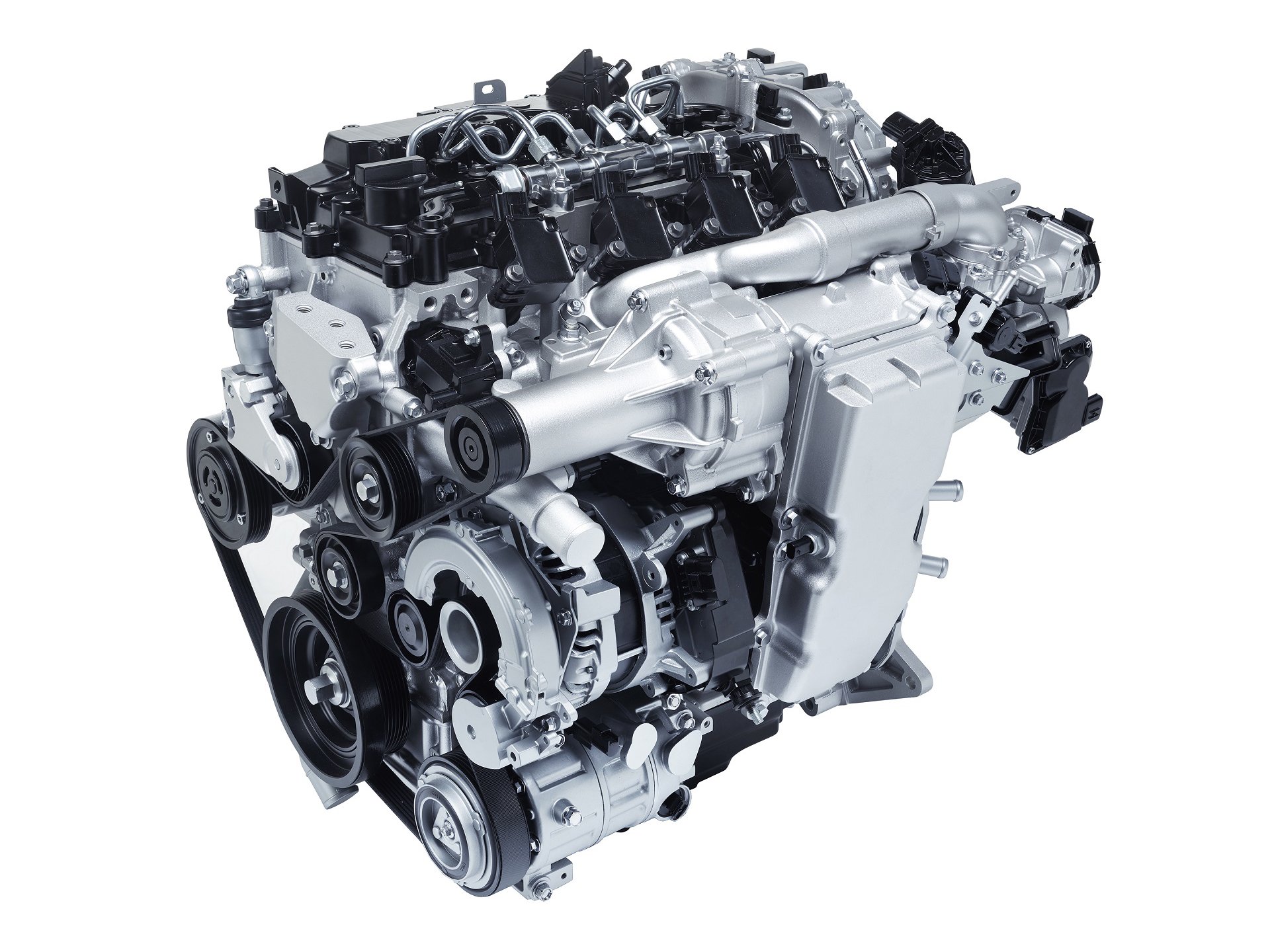
(Image of I4 version)
Mazda Skyactiv-X
Mazda’s Skyactiv-X is another contender for the most advanced engine on this list, for it is the world’s first commercial petrol engine with compression ignition. It uses an astounding 16.3:1 compression ratio and runs much leaner than other petrol engines.
Specifically, Mazda uses Spark Controlled Compression Ignition. It compresses a very lean air-fuel mixture until it is about to detonate. A second injector then sprays directly onto the spark plug to ignite the fuel. Interestingly, if we think about it, this system is quite similar to the pre-chamber design in racing engines, though without the pre-chamber.
The inline-4 Skyactiv-X engine has been a commercial success. We can expect the inline-6 variant to be equally well-received.

Nissan VR
Nissan’s VR engine is a series of twin-turbocharged V6 engines. Launched in 2007, it was extremely advanced for its time, though by today’s standard it is a raw performance engine.
The VR38DETT is the top variant found in the R35 GT-R. The more approachable variant is the VR30 and VR35 DDTT, with the Infiniti Q50 and Nissan Z as the most common. These are affordable cars with great performance and good reliability. This rounds out Tier 1.
Tier 2
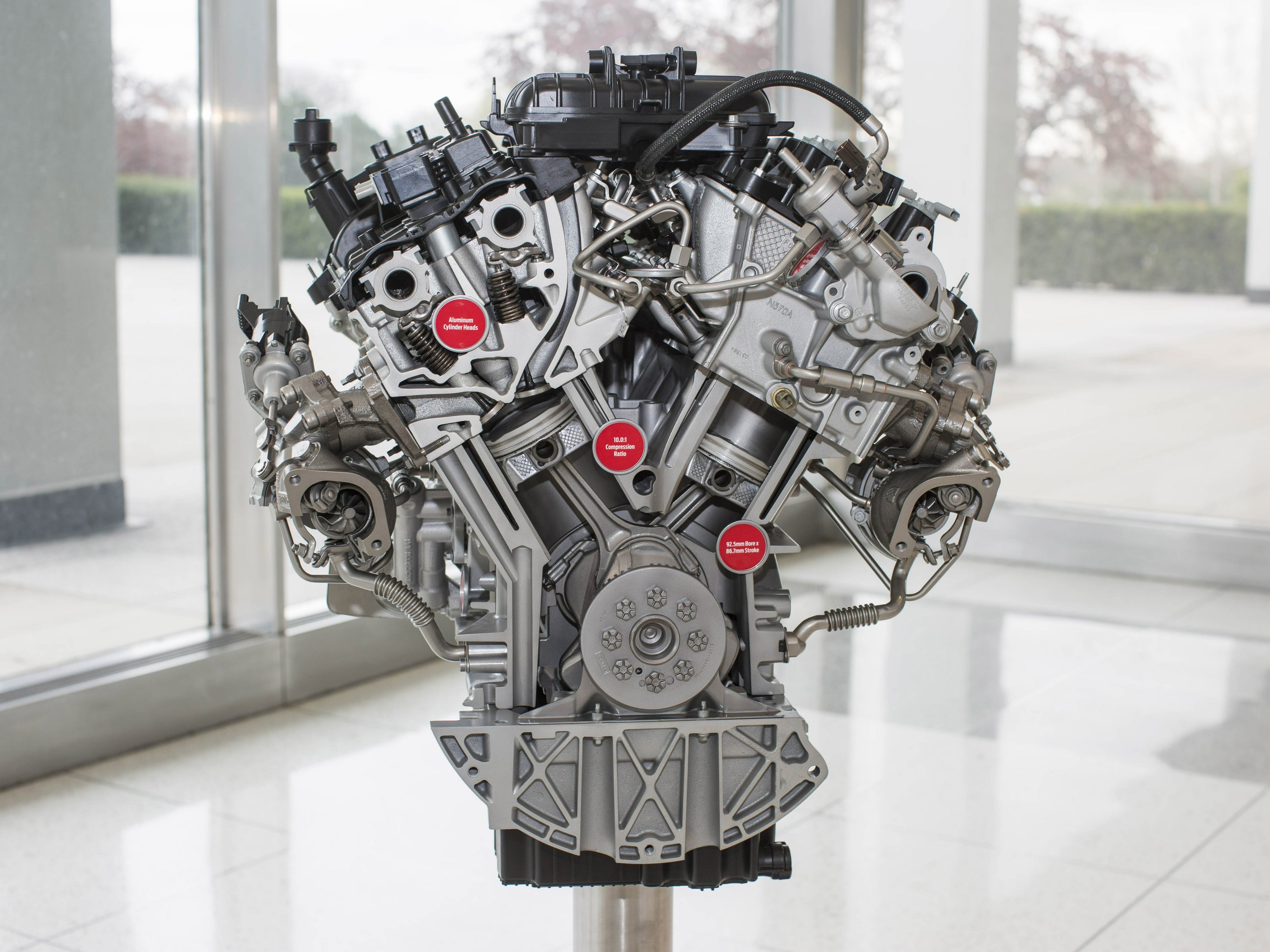
Ford 2nd-Gen EcoBoost V6
Beginning with Tier 2, I have Ford’s 2nd-generation EcoBoost V6. If I had made this list two years ago when the Ford GT was in production, the EcoBoost would’ve certainly made it to Tier 1. However, Ford had discontinued the car, and this engine is mostly found in boring vehicles.
Ranging from 2.7L to 3.5L, the V6 EcoBoost now features both direct and port injections. It is reasonably robust, with some manufacturing defects that seem to pop up from time to time.
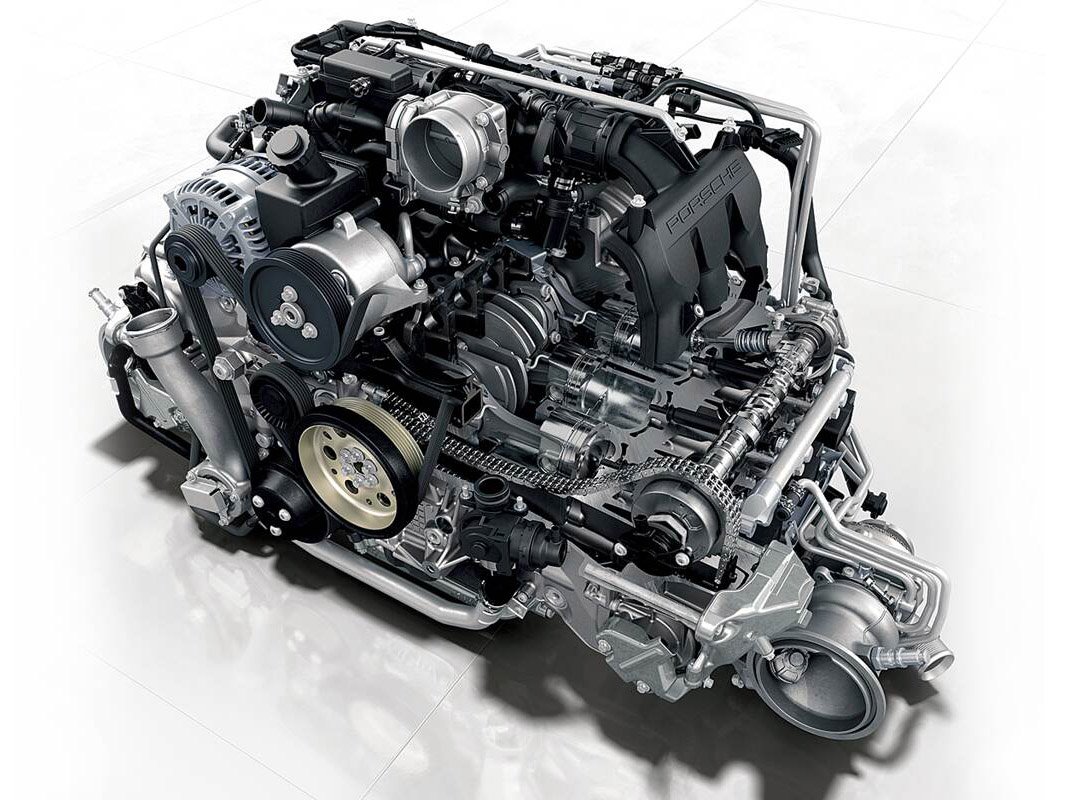
Porsche 9A2 Evo
The 9A2 Evo engine is an evolution of the 3.0L and 3.7L twin-turbo boxer-6 found in the 991.2 Porsche 911. As it the case with other European engines, it uses plasma-coated cylinder walls.
As one can imagine, this is a very complex engine that features piezo injectors and asymmetrical valve strokes. The latter supposedly improves the swirling effect that promotes air-fuel mixing.
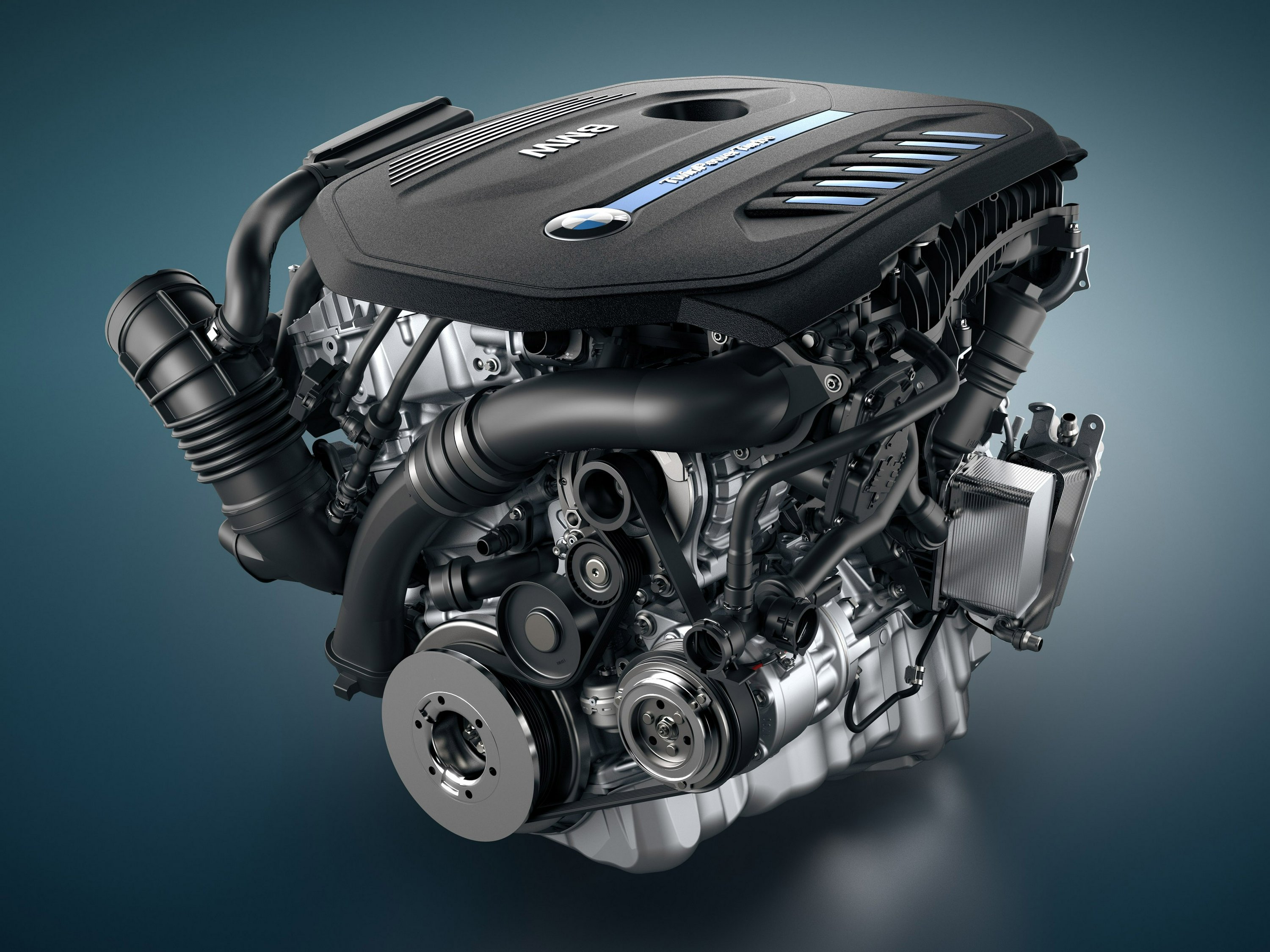
BMW B58
The B58 is BMW’s current crop of inline-6 engine family. Fortunately, it can be considered no more complex than the N55 that preceded it. With a closed-deck design, the B58 is thought to be a lot more robust than other BMW engines, if not all German engines built in the last decade.
Still, as a “commoner” engine, the B58 has many points of cost-cutting and can be improved with aftermarket parts.
The most interesting variant of the B58 is the B58B30O1 found in M40i models and the Toyota Supra.
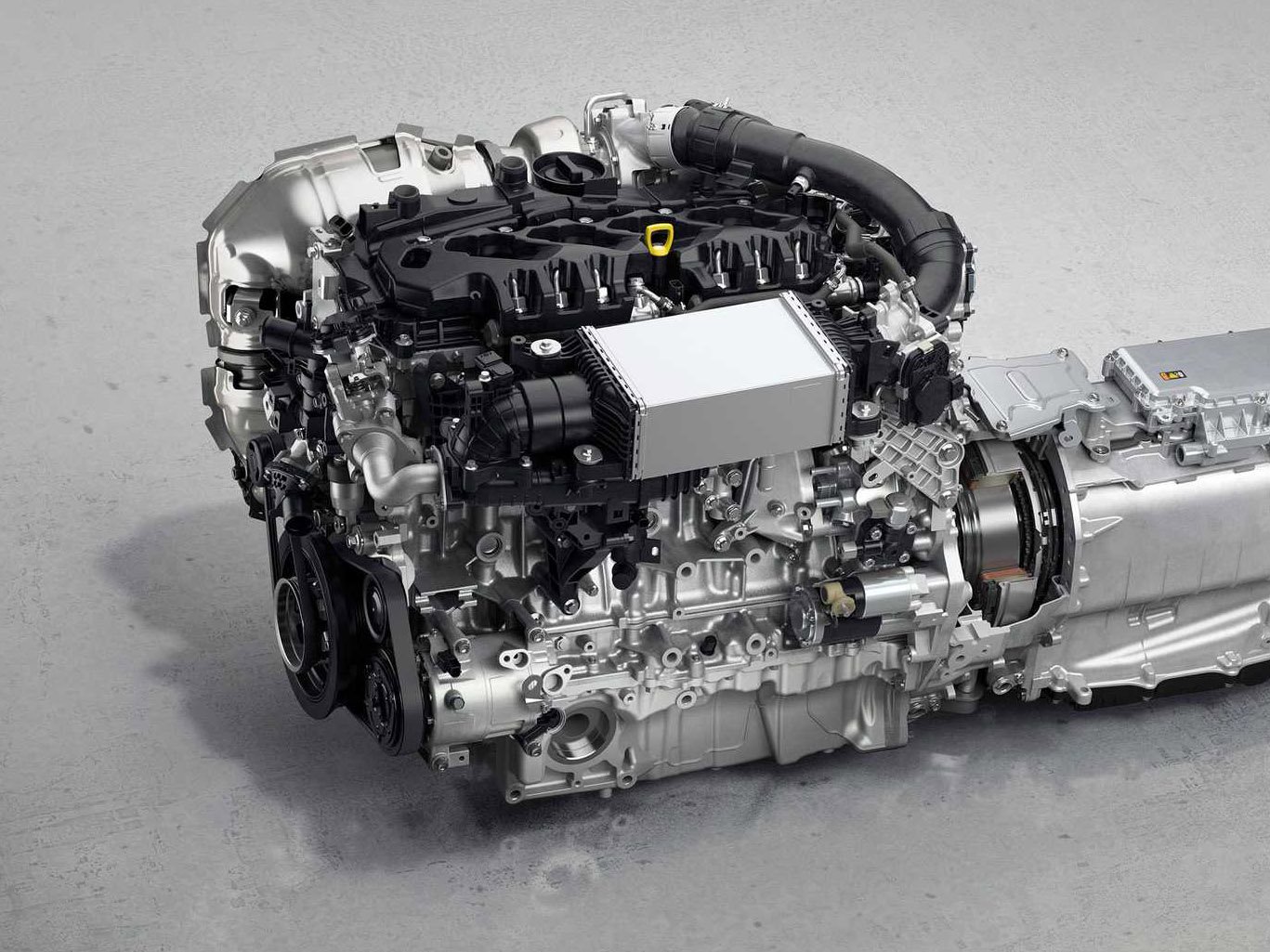
Mazda Skyactiv-G
Rounding out Tier 2, we have Mazda’s Skyactiv-G 3.3L inline-6. This is a new, unproven engine. However, Mazda has a great track record in recent years in terms of engine reliability, and I’m partial to an inline-6.
It also helps that this inline-6 doesn’t come with hybrid systems. Only time will tell whether the 3.3L Skyactiv-G deserves this spot or perhaps should be moved even higher.
Tier 3
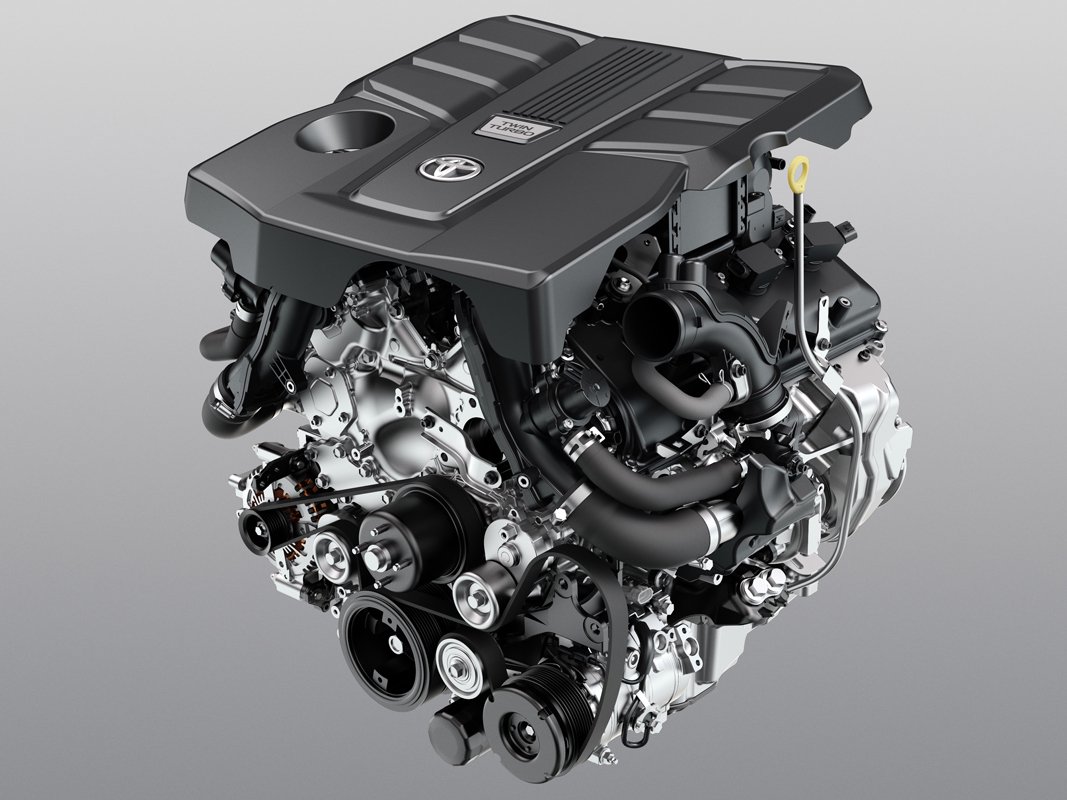
Toyota V35A-FTS
Starting with Tier 3, I have Toyota’s V35A 3.4L twin-turbo V6. By all accounts, this is a highly reliable engine. In proper Toyota fashion, it uses no ground-breaking technology and is not particularly powerful. Still, for consumers it may very well be a winner in the long run, if Toyota’s reputation for durability and ease of maintenance bears out.
In fact, the performance figures of the V35A are better than the BMW B58. The reason I put it in Tier 3 is because this engine is only found in boring cars.
We shouldn’t blame Toyota, however, as it still uses naturally aspirated 2UR-GSE V8 in the Lexus RC F, IS500, and LC500. I’d put that V8 above every single engine on this list.
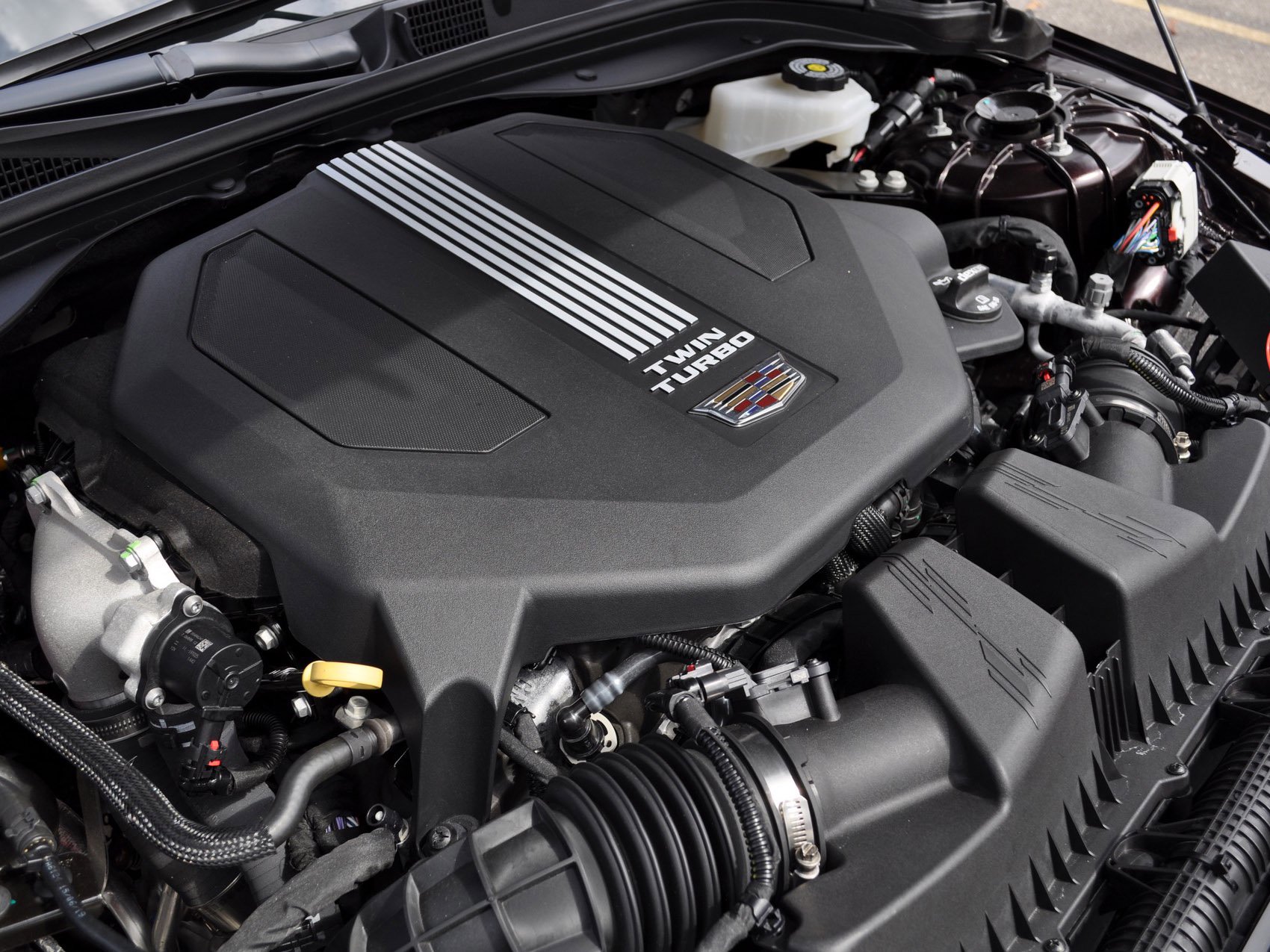
GM 4th-Gen High Feature V6
GM’s 4th-generation High Feature V6 is a range of modern engines with a good reliability record and decent performance. It also forgoes ground-breaking features but trades that for affordability and ease of service.
The more interesting variant is the 3.0L twin-turbocharged unit found in the CT5-V, not to be confused with the CT5-V Blackwing which features the LT4 supercharged small block V8.
As I have said about the Toyota 2UR, I’d again put the LT4 above all engines on this list.
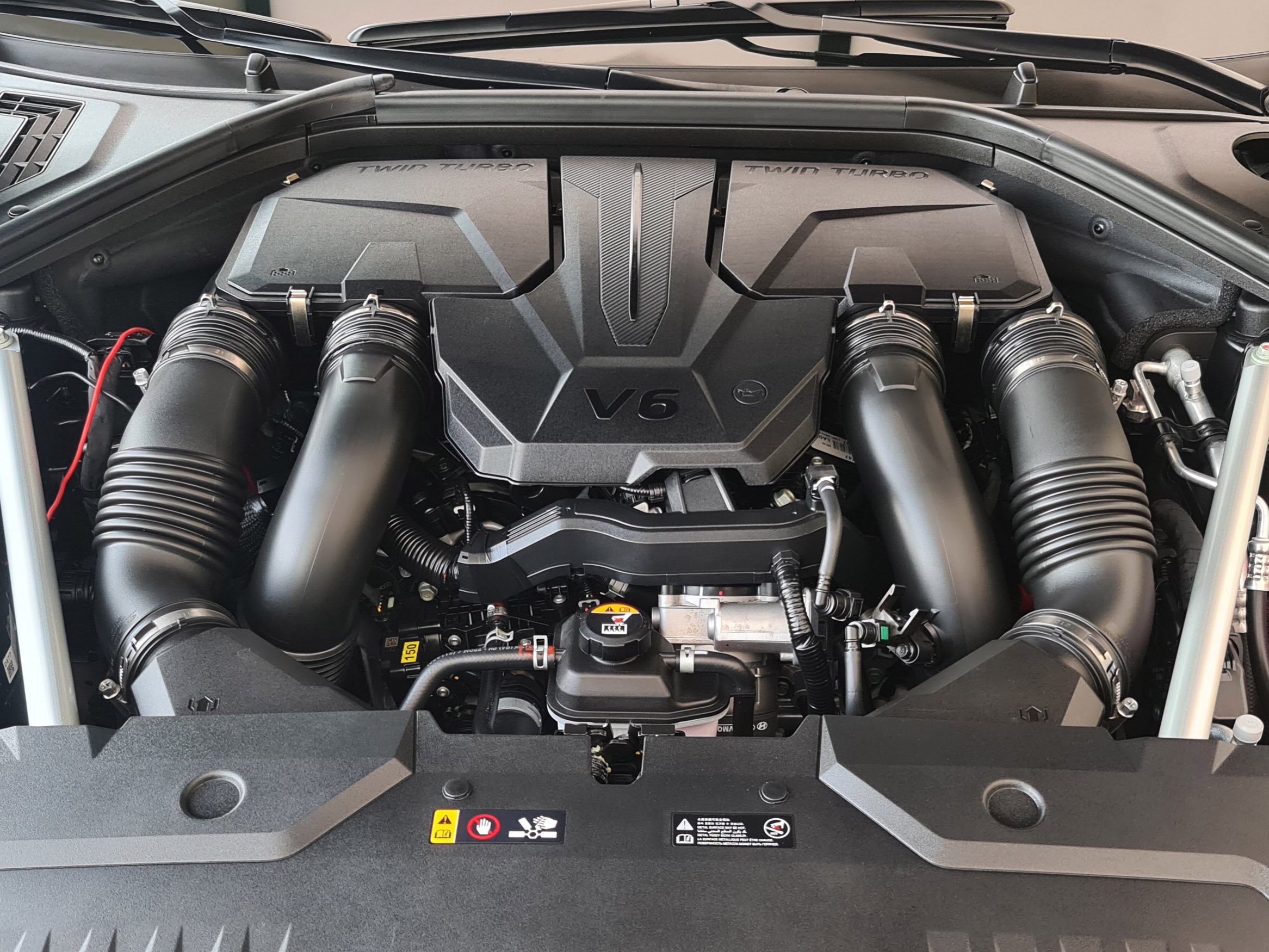
Hyundai Smartstream FR G3.5T
Hyundai’s Smartsream FR G3.5T is another consumer-grade engine for the company’s premium Genesis sub-brand. Like other latest non-German engines, it uses a twin injection system that resolves some of the known direct injection-related problems.
A relatively new and unproven unit, we have to hope that Hyundai finally solves the oil consumption issue that plagued many of its earlier engines.

Honda J30AC
The J30AC is the last 6-cylinder engine by Honda that is not in a motorcycle. Used exclusively in Acura Type-S models, it is a decent performer with good reliability. In fact, much of the same that I said about the V35A and High Feature V6 can be said here, though the output is even lower and the cars that come with it more obscure.
Tier 4
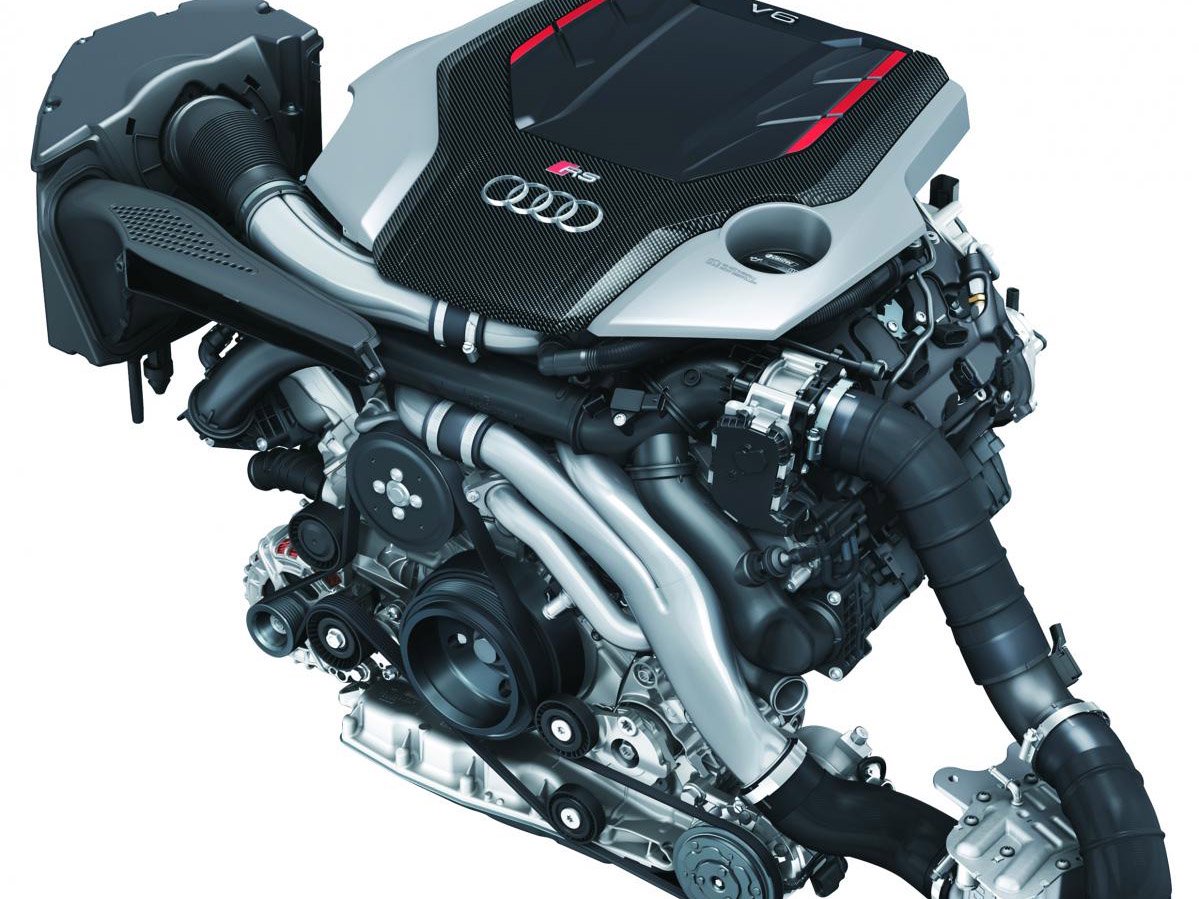
VW EA839
Finally, we start the bottom tier with Volkswagen’s EA839. It comes in both 3.0L single-turbo and 2.9L twin-turbo variants.
The performance figures of the 3.0L unit is lacklustre compared to engines that I’ve talked above. The ones with the 48V mild hybrid system are quite troublesome.
The 2.9L unit has better performance. Unfortunately, it also seems to suffer from many durability problems, especially in the timing and valve train areas.
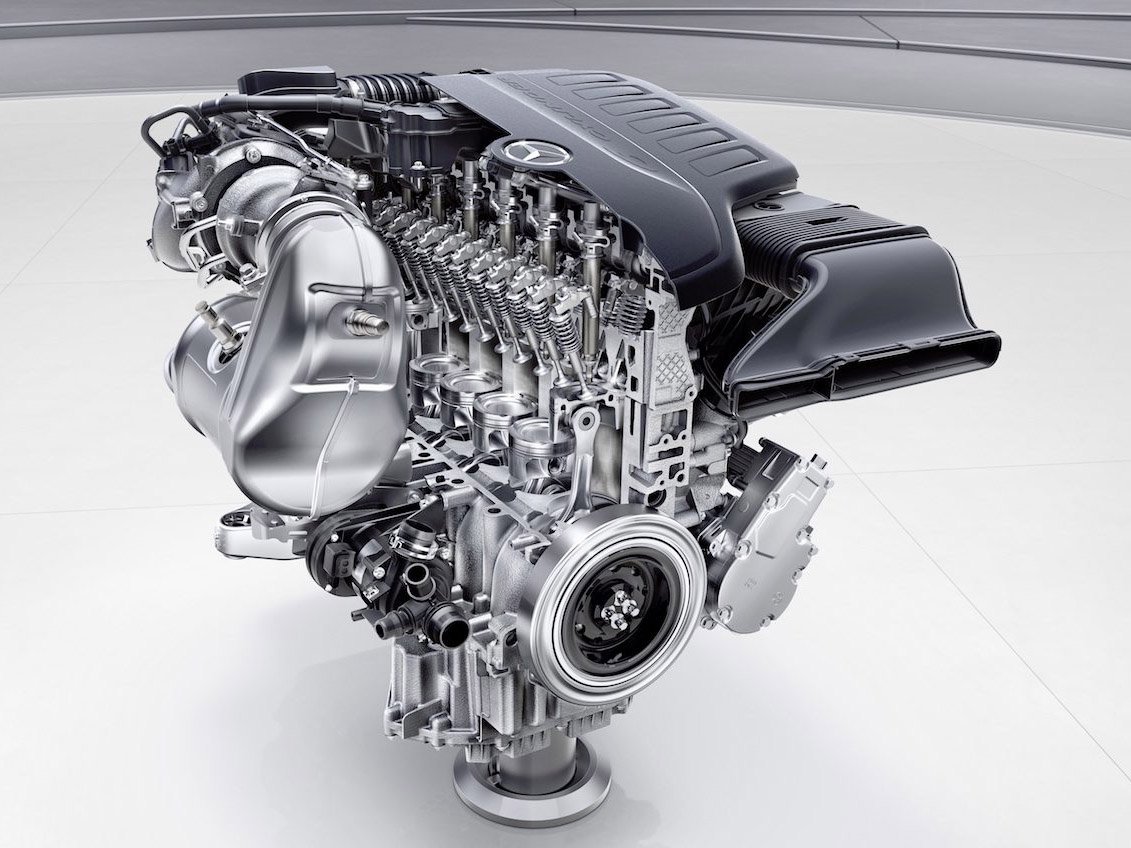
Mercedes M256
Another German disappointment is the M256 from Mercedes. When it first launched, I was excited to see another company moving away from V6 to inline-6. However, time has revealed that the M256, while having a robust rotating assembly, suffers from the dreary German complexity.
Most notably, many M256s come with the 48V mild hybrid system that is very troublesome. Many that don’t come with the 48V system are fitted in hybrid vehicles.
On top of all these, the current crop of Mercedes vehicles are not very interesting to enthusiasts at all.
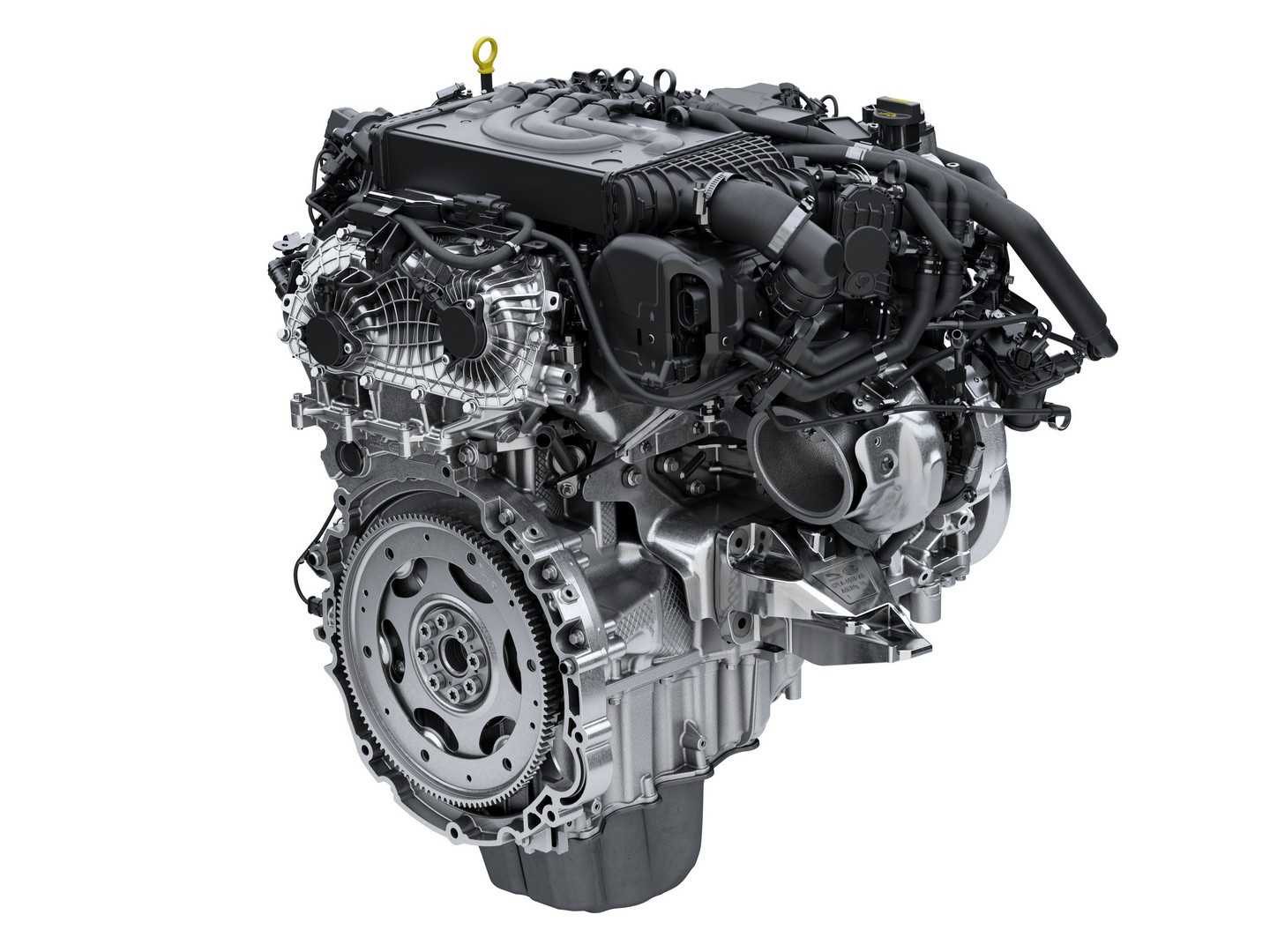
JLR Ingenium AJ300
Finally, we have the Jaguar Land Rover Ingenium AJ300 inline-6. Jaguar has a long history with decent inline-6 engines; while this unit is still new, I’m confident that the AJ300 will be proven to have a strong rotating assembly.
However, Jaguar and Land Rover are never known to have good electronics. Unfortunately, this engine is only fitted in cars with mild hybrid or plug-in hybrid systems. In fact, they are only fitted into boxy SUVs. To me, these two points leave the Ingenium AJ300 last on this list.
Perhaps time will be kind to it, and we’ll see.



